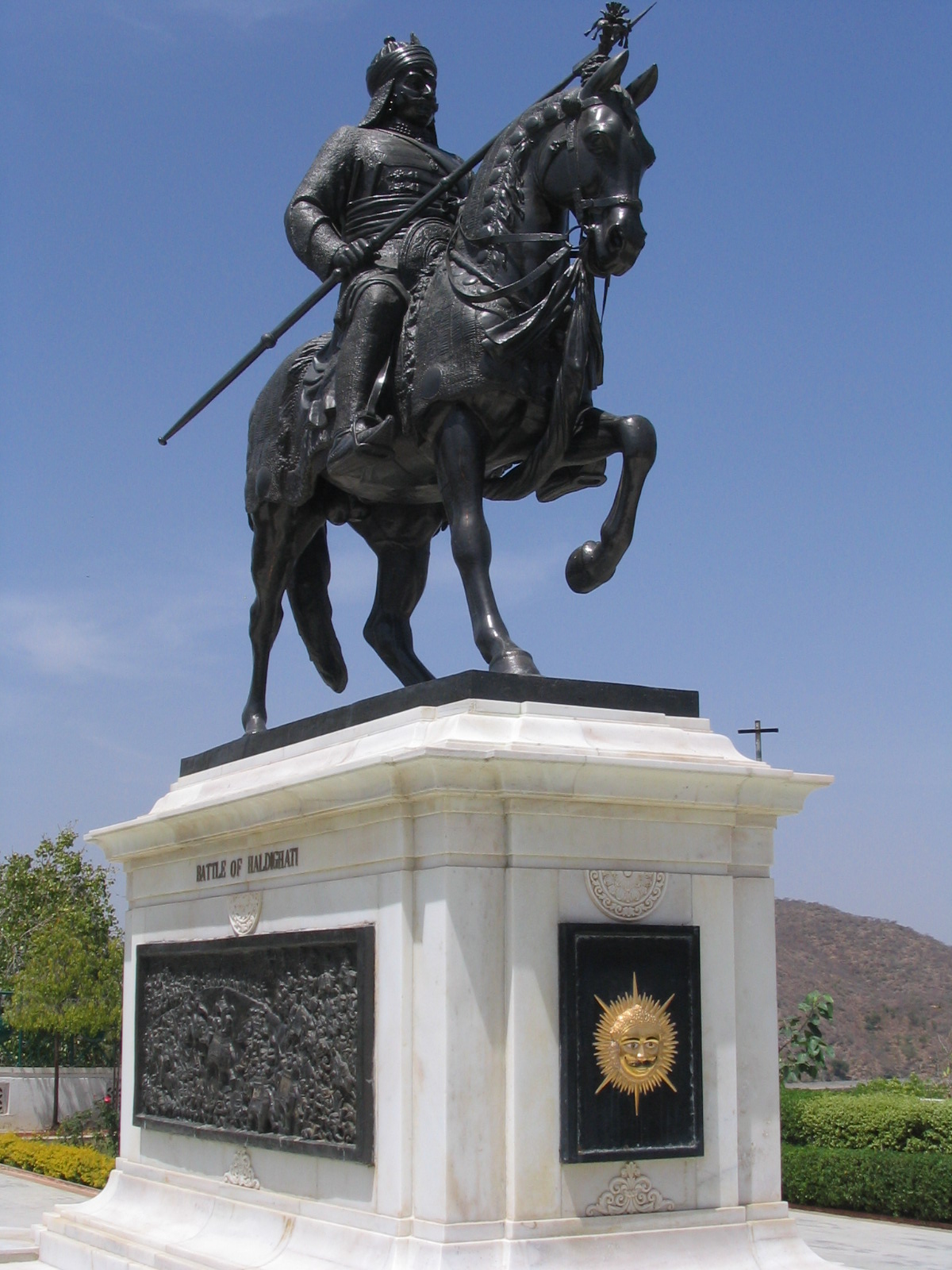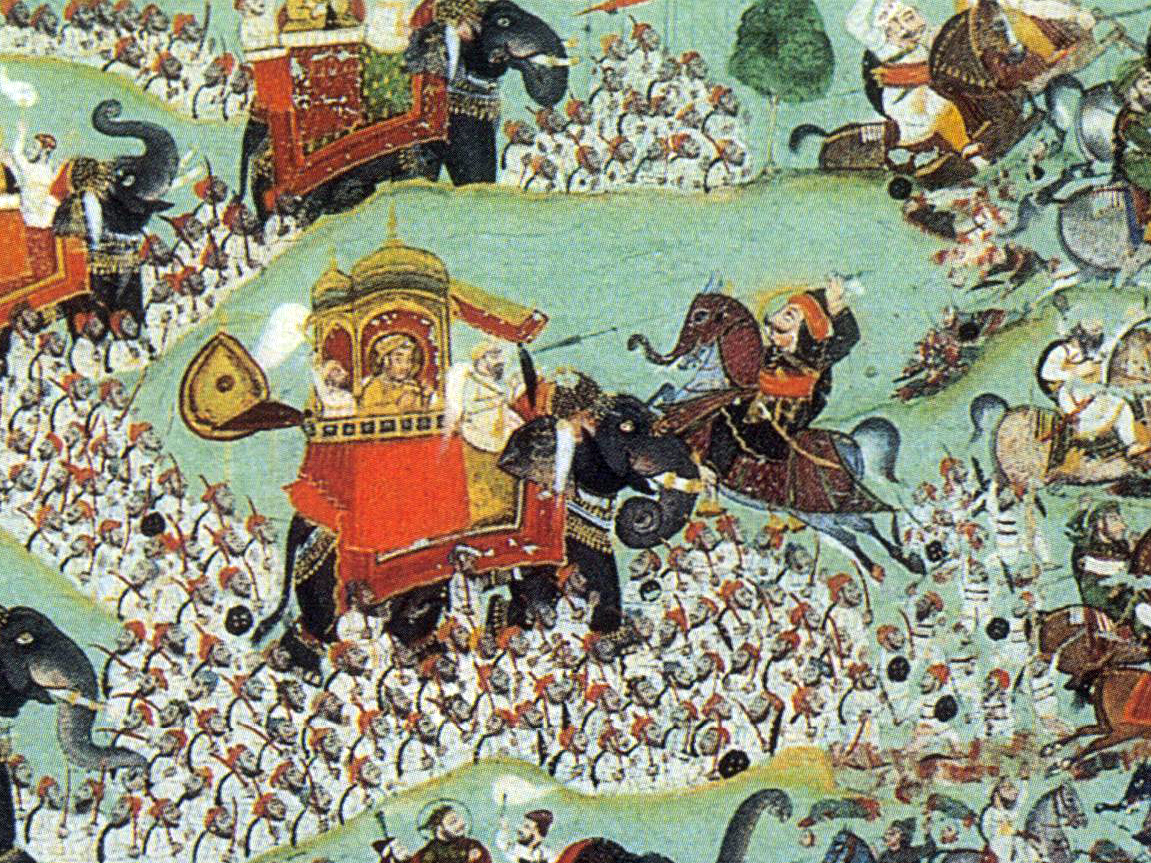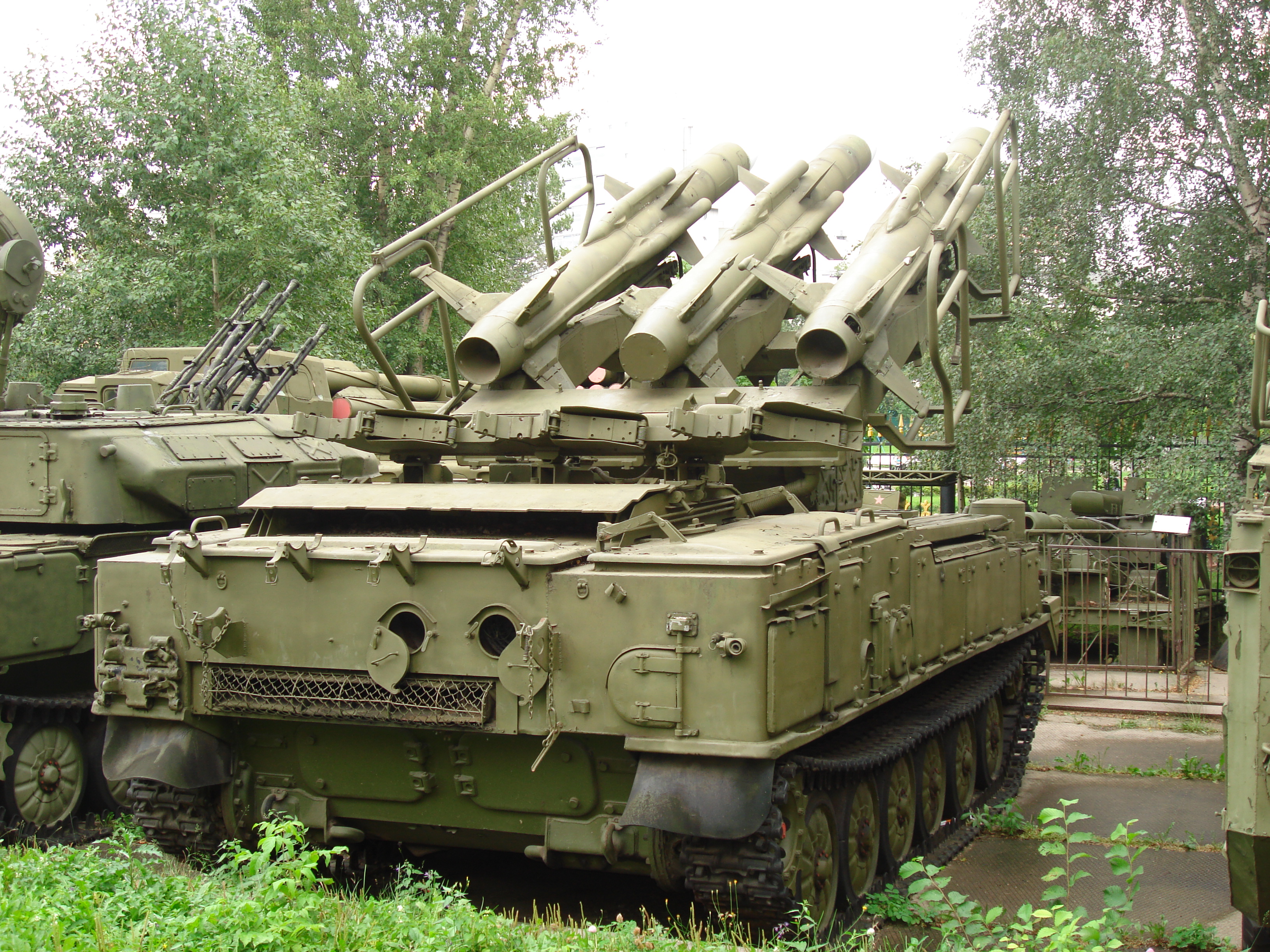|
X Corps (India)
X Corps is a corps of the Indian Army. It is based in Bathinda and is a part of South Western Command (India), South Western Command. The X (Chetak) Corps was raised at Bathinda on 1 July 1979 by Lieutenant General ML Tuli, to reduce the load of XI Corps (India), XI Corps. The new corps took over south Punjab, India, Punjab and north Rajasthan. Organisation The corps has two of the army's Reorganised Army Plains Infantry Divisions (RAPIDs). It consists of: *16th Infantry Division (India), 16 Infantry Division ''(Amogh Division)'' headquartered at Sri Ganganagar, Rajasthan *18th Infantry Division (India), 18 Infantry Division (RAPID) ''(Gandiv Division)'' at Kota, Rajasthan *24th Infantry Division (India), 24 Infantry Division (RAPID) ''(Ranbankura Division)'' at Bikaner, Rajasthan. In 2001, 24th Artillery Brigade and 180th Armoured Brigade were at Bikaner, 25th Infantry Brigade was at Bathinda, Punjab and 83rd Infantry Brigade was at Lalgarh Jattan. *6 (Independent) Armoured B ... [...More Info...] [...Related Items...] OR: [Wikipedia] [Google] [Baidu] |
India
India, officially the Republic of India (Hindi: ), is a country in South Asia. It is the seventh-largest country by area, the second-most populous country, and the most populous democracy in the world. Bounded by the Indian Ocean on the south, the Arabian Sea on the southwest, and the Bay of Bengal on the southeast, it shares land borders with Pakistan to the west; China, Nepal, and Bhutan to the north; and Bangladesh and Myanmar to the east. In the Indian Ocean, India is in the vicinity of Sri Lanka and the Maldives; its Andaman and Nicobar Islands share a maritime border with Thailand, Myanmar, and Indonesia. Modern humans arrived on the Indian subcontinent from Africa no later than 55,000 years ago., "Y-Chromosome and Mt-DNA data support the colonization of South Asia by modern humans originating in Africa. ... Coalescence dates for most non-European populations average to between 73–55 ka.", "Modern human beings—''Homo sapiens''—originated in Africa. Then, int ... [...More Info...] [...Related Items...] OR: [Wikipedia] [Google] [Baidu] |
Punjab
Punjab (; Punjabi: پنجاب ; ਪੰਜਾਬ ; ; also romanised as ''Panjāb'' or ''Panj-Āb'') is a geopolitical, cultural, and historical region in South Asia, specifically in the northern part of the Indian subcontinent, comprising areas of eastern Pakistan and northwestern India. Punjab's capital and largest city and historical and cultural centre is Lahore. The other major cities include Faisalabad, Rawalpindi, Gujranwala, Multan, Ludhiana, Amritsar, Sialkot, Chandigarh, Jalandhar, and Bahawalpur. Punjab grew out of the settlements along the five rivers, which served as an important route to the Near East as early as the ancient Indus Valley civilization, dating back to 3000 BCE, and had numerous migrations by the Indo-Aryan peoples. Agriculture has been the major economic feature of the Punjab and has therefore formed the foundation of Punjabi culture, with one's social status being determined by land ownership. The Punjab emerged as an important agricultura ... [...More Info...] [...Related Items...] OR: [Wikipedia] [Google] [Baidu] |
Brigade Of The Guards
The Brigade of The Guards is a mechanised infantry regiment of the Indian Army. It was raised as the first "all India", "all class" infantry unit of the Army where troops from all parts of India serve together, as opposed to other regiments that recruit from specific regions, ethnic groups or religions. The Brigade of The Guards distinguished itself by being awarded the most battle honours after Indian independence. The regiment was the brain-child of Field Marshal K. M. Cariappa, who was the first Indian commander-in-chief (C-in-C) of the Indian Army. He raised the Brigade of the Guards and coined the phrase; "The Guards, The Elite". The President of India is the Honorary Colonel-in-Chief and the Chief of Army Staff is the Colonel-in-Chief of The Guards. The Guards Regimental Centre is at Kamptee in Maharashtra. The Brigade of The Guards was the senior most line infantry regiment of the Indian Army before its selection and conversion to the mechanised infantry role. It now h ... [...More Info...] [...Related Items...] OR: [Wikipedia] [Google] [Baidu] |
Garhwal Rifles
The Garhwal Rifles, formerly known as the Royal Garhwal Rifles, are an infantry regiment of the Indian Army. It was originally raised in 1887 as the 39th (Garhwal) Regiment of the Bengal Army. It then became part of the British Indian Army, and after the Independence of India, it was incorporated into the Indian Army. It served during the frontier campaigns of the late 19th and early 20th centuries, as well in both World Wars and the wars fought after independence. It is mainly made up of Rajput and Brahmin Garhwali people from seven districts of Uttarakhand's Garhwal region: Uttarkashi, Chamoli, Rudraprayag, Tehri Garhwal, Dehradun, Pauri Garhwal and Haridwar. Today it has more than 25,000 soldiers, organized into twenty one regular battalions (2nd to 22nd), two battalions of the Territorial Army (121 Inf Bn TA and 127 Inf Bn TA (Eco)) and three Rashtriya Rifles Battalions (14 RR, 36 RR, 48 RR). The 1st Battalion has since been converted to mechanized infantry and forms part o ... [...More Info...] [...Related Items...] OR: [Wikipedia] [Google] [Baidu] |
Rajput
Rajput (from Sanskrit ''raja-putra'' 'son of a king') is a large multi-component cluster of castes, kin bodies, and local groups, sharing social status and ideology of genealogical descent originating from the Indian subcontinent. The term Rajput covers various patrilineal clans historically associated with warriorhood: several clans claim Rajput status, although not all claims are universally accepted. According to modern scholars, almost all Rajput clans originated from peasant or pastoral communities. Over time, the Rajputs emerged as a social class comprising people from a variety of ethnic and geographical backgrounds. During the 16th and 17th centuries, the membership of this class became largely hereditary, although new claims to Rajput status continued to be made in the later centuries. Several Rajput-ruled kingdoms played a significant role in many regions of central and northern India from seventh century onwards. The Rajput population and the former Rajput stat ... [...More Info...] [...Related Items...] OR: [Wikipedia] [Google] [Baidu] |
Battle Of Haldighati
The Battle of Haldighati was a battle fought on 18 June 1576 between the Mewar forces led by Maharana Pratap, and the Mughal forces led by Man Singh I of Amber. The Mughals carried the day after inflicting significant casualties on Mewar forces, although they failed to capture Pratap, who reluctantly retreated persuaded by his fellow commanders. The siege of Chittorgarh in 1568 had led to the loss of the fertile eastern belt of Mewar to the Mughals. However, the rest of the wooded and hilly kingdom was still under the control of the Sisodias. Akbar was intent on securing a stable route to Gujarat through Mewar; when Pratap Singh was crowned king (Rana) in 1572, Akbar sent a number of envoys entreating the Rana to become a vassal like many other Rajput leaders in the region. However, Pratap refused to enter into a treaty, which led to the battle. The site of the battle was a narrow mountain pass at Haldighati near Gogunda in Rajasthan. Sources differ on the strength of th ... [...More Info...] [...Related Items...] OR: [Wikipedia] [Google] [Baidu] |
Maharana Pratap
Pratap Singh I, popularly known as Maharana Pratap (c. 9 May 1540 – 19 January 1597), was a king of Mewar from the Sisodia dynasty. Pratap became a folk hero for his military resistance against the expansionism of the Mughal Empire under Akbar through guerrilla warfare which proved inspirational for later rebels against Mughals including Shivaji. Early life and accession Maharana Pratap was born to Udai Singh II of Mewar and Jaiwanta Bai. His younger brothers were Shakti Singh, Vikram Singh and Jagmal Singh. Pratap also had 2 stepsisters: Chand Kanwar and Man Kanwar. He was married to Ajabde Punwar of Bijolia and he had married 10 other women and was survived by 17 sons and 5 daughters including Amar Singh I. He belonged to the Royal Family of Mewar. After the death of Udai Singh in 1572, Rani Dheer Bai wanted her son Jagmal to succeed him but senior courtiers preferred Pratap, as the eldest son, to be their king. The desire of the nobles prevailed. Udai Singh died in ... [...More Info...] [...Related Items...] OR: [Wikipedia] [Google] [Baidu] |
Chetak
Chetak or Cetak is the name given in traditional literature to the horse ridden by Maharana Pratap at the Battle of Haldighati, fought on 18 June 1576 at Haldighati, in the Aravalli Mountains of Rajasthan, in western India. The story Historical sources do not name the horse ridden by Maharana Pratap at the Battle of Haldighati on 18 June 1576, nor do they attribute any unusual feat or achievement to it. According to tradition, the horse was called Chetak. Although wounded, he carried Pratap safely away from the battle, but then died of his wounds. The story is recounted in court poems of Mewar from the seventeenth century onwards. The horse is first named Cetak in an eighteenth-century ballad, ''Khummana-Raso''. The story was published in 1829 by Lieutenant-Colonel James Tod, a colonial officer who had been political officer to the Mewari court, in the first volume of his ''Annals and Antiquities of Rajast'han or the Central and Western Rajpoot States of India''. His a ... [...More Info...] [...Related Items...] OR: [Wikipedia] [Google] [Baidu] |
SA-6
The 2K12 ''"Kub"'' (russian: 2К12 "Куб"; en, cube) (NATO reporting name: SA-6 "Gainful") mobile surface-to-air missile system is a Soviet low to medium-level air defence system designed to protect ground forces from air attack. "2К12" is the GRAU designation of the system. Each 2K12 battery consists of a number of similar tracked vehicles, one of which carries the 1S91 (SURN vehicle, NATO designation "Straight Flush") 25 kW G/ H band radar (with a range of ) equipped with a continuous wave illuminator, in addition to an optical sight. The battery usually also includes four triple-missile transporter erector launchers (TELs), and four trucks, each carrying three spare missiles and a crane. The TEL is based on a GM-578 chassis, while the 1S91 radar vehicle is based on a GM-568 chassis, all developed and produced by MMZ. Development The development of the 2K12 was started after 18 July 1958 at the request of the CPSU Central Committee. The system was set the require ... [...More Info...] [...Related Items...] OR: [Wikipedia] [Google] [Baidu] |
2K22 Tunguska
The 2K22 Tunguska (russian: 2К22 "Тунгуска") is a Soviet and now Russian tracked self-propelled anti-aircraft weapon armed with a surface-to-air gun and missile system. It is designed to provide day and night protection for infantry and tank regiments against low-flying aircraft, helicopters, and cruise missiles in all weather conditions. The NATO reporting name for the missile used by the weapon system is SA-19 "Grison". Development Development of the 2K22 anti-aircraft system began on 8 June 1970. At the request of the Soviet Ministry of Defense, the KBP Instrument Design Bureau in Tula, under the guidance of the appointed Chief Designer A. G. Shipunov, started work on a 30mm anti-aircraft system as a replacement for the 23mm ZSU-23-4. The project, code-named " Tunguska", was undertaken to improve on the observed shortcomings of the ZSU-23-4 (short range and no early warning) and a counter to new ground attack aircraft in development, such as the A-10 Thunderbolt II, ... [...More Info...] [...Related Items...] OR: [Wikipedia] [Google] [Baidu] |

.gif)




